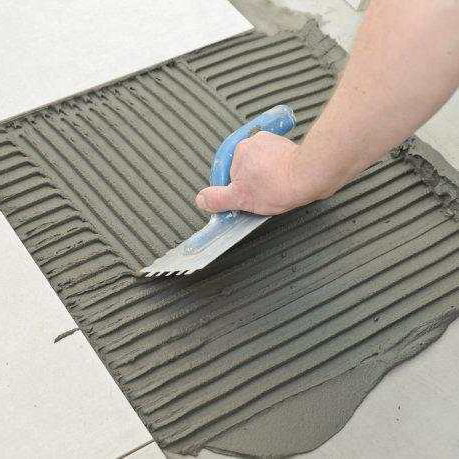
Nov . 12, 2024 09:50 Back to list
construction hpmc
Construction HPMC Revolutionizing Building Materials
Hydroxypropyl Methylcellulose (HPMC) is becoming an essential ingredient in the construction industry, particularly in the production of various building materials. This versatile cellulose ether has gained prominence due to its unique properties, which enhance the performance and durability of different construction applications. From mortars and plasters to paints and coatings, HPMC is playing a crucial role in modern construction, enabling better performance, workability, and water retention.
Understanding HPMC
HPMC is a non-ionic cellulose ether derived from natural cellulose. It is produced by treating cellulose with alkaline conditions and then reacting it with propylene oxide and methyl chloride. The resultant product is a white powder that is highly soluble in water, forming a gel-like consistency. Its unique formula allows it to act as a thickener, binder, and water-retaining agent, making it an incredibly useful additive for various construction materials.
Key Properties of HPMC
The unique characteristics of HPMC make it particularly advantageous in construction applications
1. Water Retention One of the most notable properties of HPMC is its ability to retain water. This is crucial in construction, as it ensures that materials like mortars and plasters maintain adequate moisture during the curing process. Proper water retention contributes to better strength and bonding properties, ultimately leading to more durable structures.
2. Improved Workability HPMC enhances the workability of construction materials, making them easier to mix, apply, and finish. The addition of HPMC allows for smoother application of plaster and adhesives, reducing the risk of defects and improving the overall aesthetic quality of the finished product.
3. Additive Performance HPMC acts as an effective binder, improving adhesion between different materials. This is particularly important in applications such as tile adhesives, where strong bonding is essential for durability and resistance to moisture.
construction hpmc

4. pH Stability HPMC is stable across a range of pH levels, making it suitable for use in various formulations without significant degradation. This stability ensures that construction materials maintain consistent performance, even in challenging environments.
Applications in Construction
HPMC is utilized across a wide array of construction materials
- Cement-Based Products In mortars, plasters, and cementitious mixtures, HPMC serves as a crucial additive that enhances water retention and workability, ensuring a smooth finish and strong bond.
- Tile Adhesives The introduction of HPMC in tile adhesives improves their performance, making them easier to spread and resulting in a more robust bond between tiles and substrates.
- Coatings and Paints In coatings, HPMC aids in achieving optimal consistency and application properties, helping to ensure an even finish and superior adhesion.
- Gypsum-Based Products When used in gypsum plasters, HPMC provides enhanced binding and workability, crucial for achieving a fine surface texture.
Conclusion
The use of Hydroxypropyl Methylcellulose in construction represents a significant advancement in building materials. Its superior water retention, improved workability, and excellent binding properties make it an invaluable additive that contributes to the strength and durability of modern constructions. As the industry continues to evolve, the incorporation of HPMC in various applications is set to increase, leading to higher-quality products and more efficient construction practices. With the ongoing innovations in materials science, HPMC is poised to play a pivotal role in shaping the future of construction.
-
Versatile Hpmc Uses in Different Industries
NewsJun.19,2025
-
Redispersible Powder's Role in Enhancing Durability of Construction Products
NewsJun.19,2025
-
Hydroxyethyl Cellulose Applications Driving Green Industrial Processes
NewsJun.19,2025
-
Exploring Different Redispersible Polymer Powder
NewsJun.19,2025
-
Choosing the Right Mortar Bonding Agent
NewsJun.19,2025
-
Applications and Significance of China Hpmc in Modern Industries
NewsJun.19,2025







